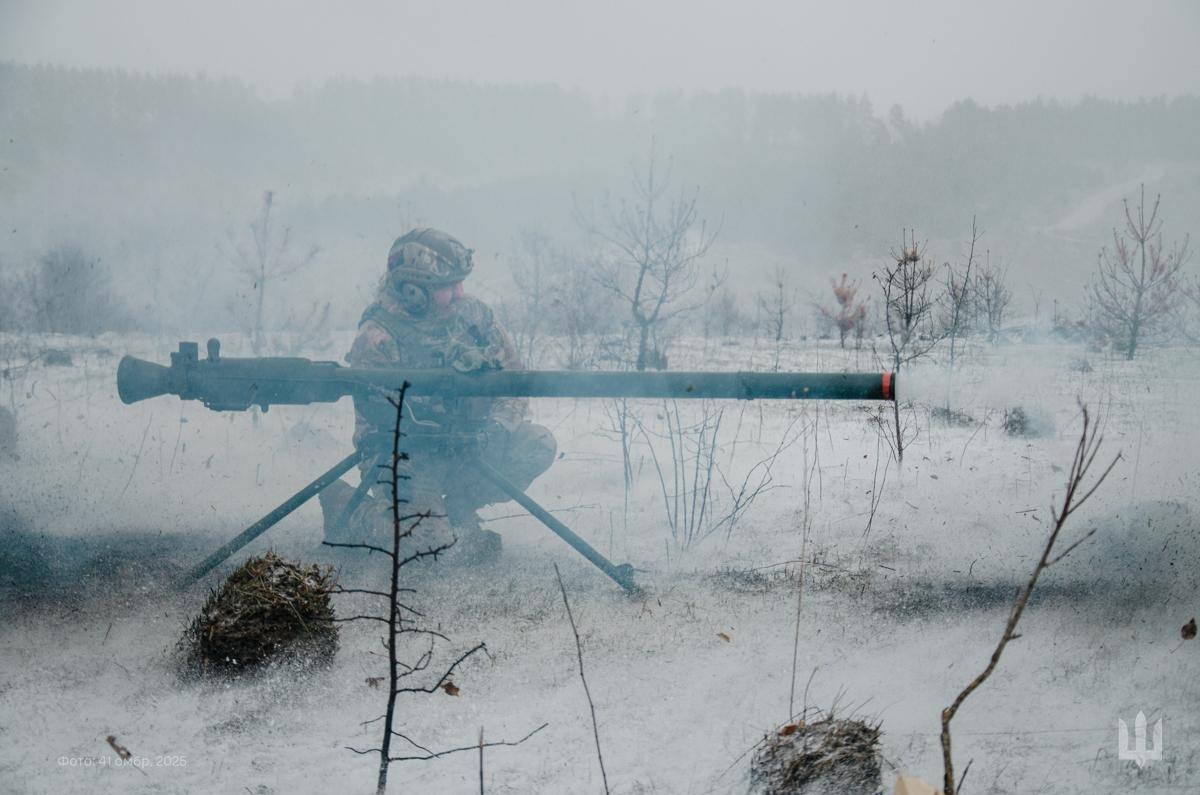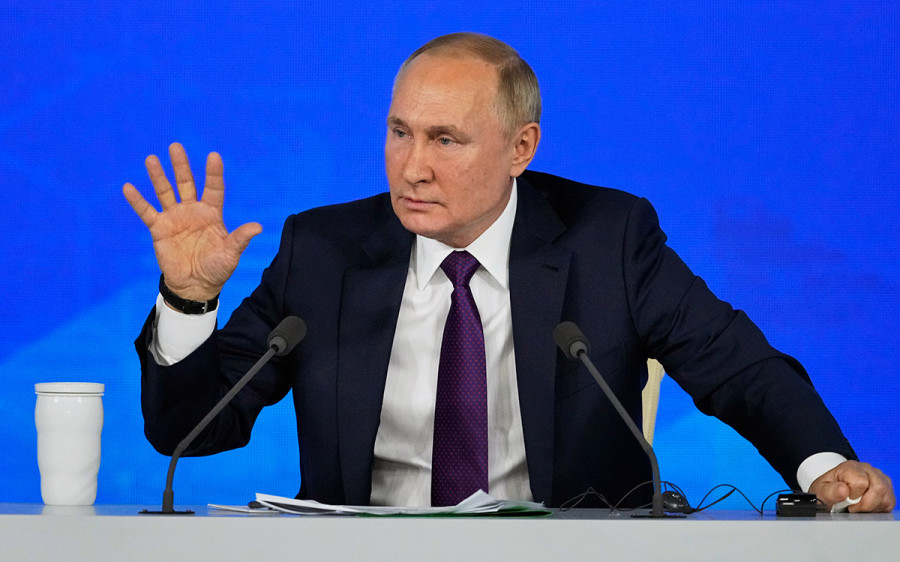GLOBSEC mapped seven Ukraine war scenarios through 2026. Even the “best case” spells future disaster.
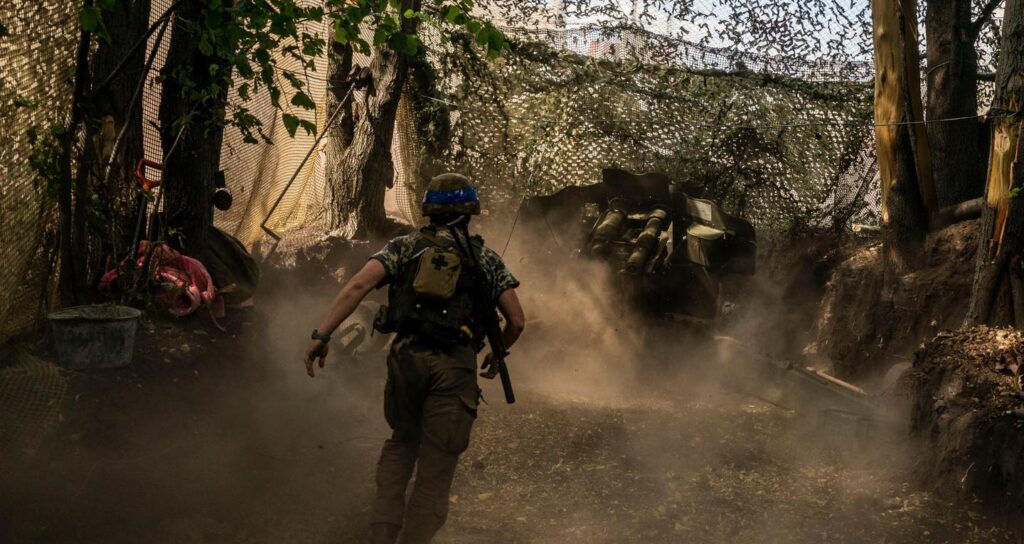
GLOBSEC, a leading European think tank, has released its latest security scenarios report analyzing potential developments in the Russian war in Ukraine through 2025-2026, finding that a war of attrition with lowered intensity due to resource depletion represents the most probable outcome.
The comprehensive analysis, based on surveys of 61 top Ukrainian security experts including former defense ministers, ambassadors, and senior military officials, offers a distinctly different perspective from Western-based assessments. Unlike typical think tank reports that rely primarily on external analysis, this study draws directly from the expertise of those who have been managing the war effort firsthand.
“The original concept of the Scenarios was to provide an aggregated assessment from the top Ukrainian experts in security, defence, foreign policy, and diplomacy on how the security situation in Europe is perceived from inside a country under military attack,” the report states.
The expert pool includes seven former ministers of defense and foreign affairs, nine ambassadors, and 25 senior-ranking current and former officials who have direct operational experience with the conflict.
This insider perspective assigns a 38% probability to what researchers term “war of attrition with lowered intensity of hostilities due to draining out of resources on both sides.”

Speaking at a GLOBSEC panel discussion during the report’s presentation, Iuliia Osmolovska, Director of GLOBSEC’s Kyiv Office, presented the sobering assessment that “four military scenarios outweighed significantly the probability of three peace scenarios – it’s 75% altogether against 25%,” suggesting limited prospects for meaningful peace settlement in the next 18 months.
Military factors drive scenario predictions
The report identifies a stark shift in driving factors compared to previous analyses. “Unlike the first edition of Scenarios for 2022/23, where political drivers were equal in numbers to military ones (5:5), military and military-financial drivers continue to define the situation in 2025/26 (9:1),” according to the study.
The top factors influencing Ukraine’s security situation include:
- Development of Ukraine’s defense sector to enhance self-sufficiency
- Ukraine’s resource capacity to sustain war expenditures
- Ukraine’s technological advantage in drones and electronic warfare
- Population morale and mobilization dynamics
Former Ukrainian Defense Minister Oleksii Reznikov emphasized during the panel that priorities remain unchanged since 2022: “Priority number one still is air defense systems, all types… Second priority still remains artillery shells… The third probably point of this list, it’s electronic warfare.”
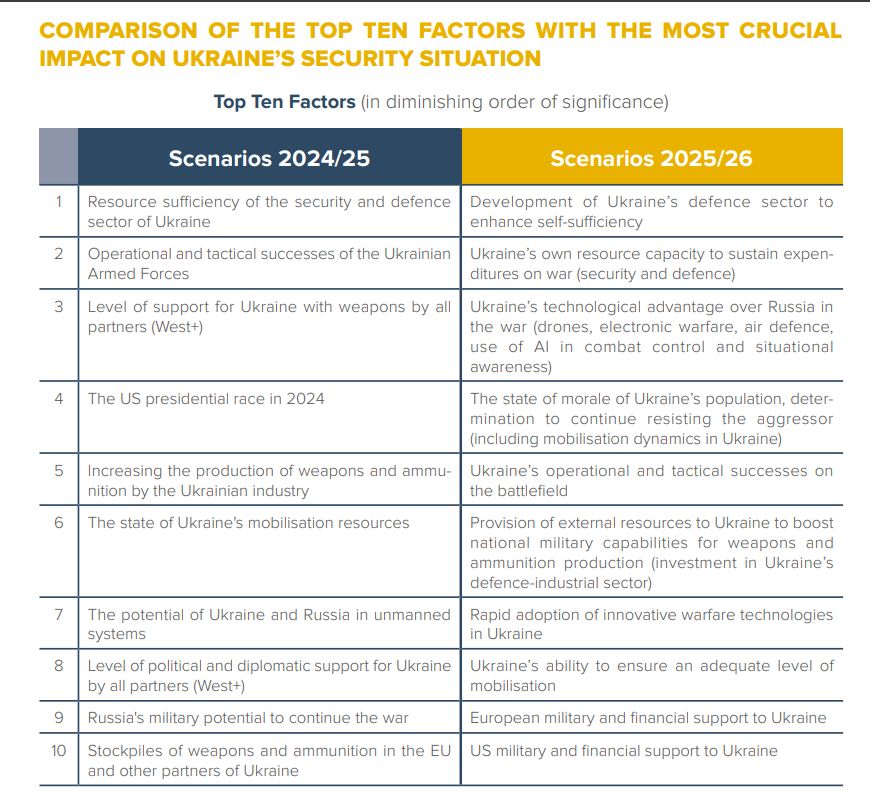
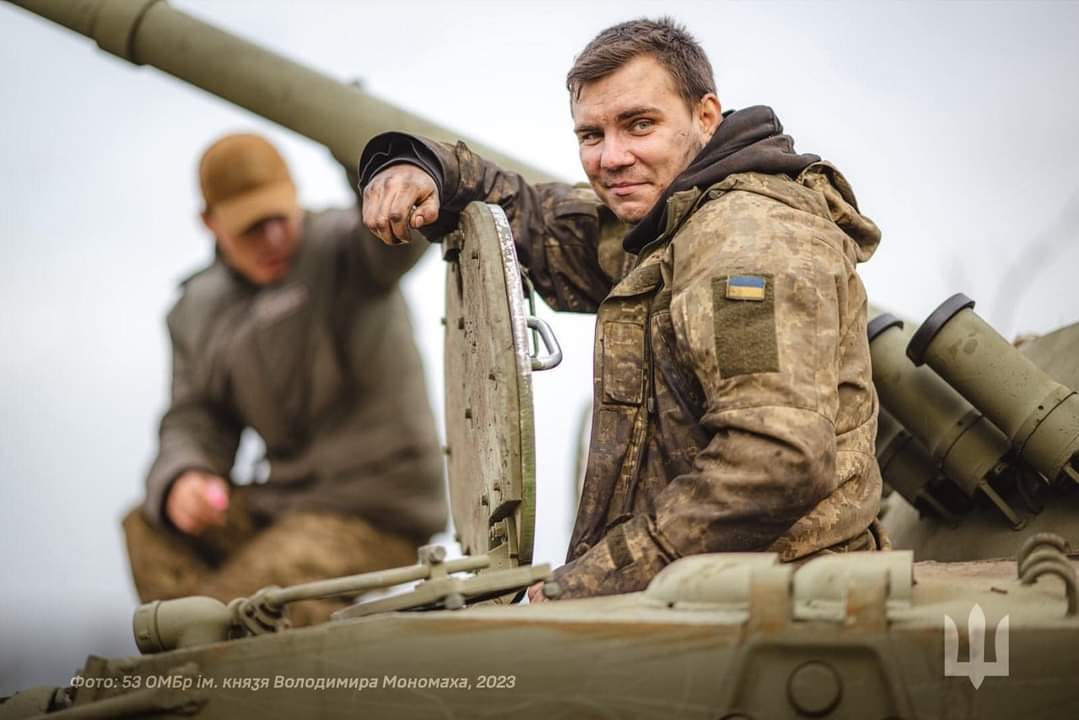
Five realistic scenarios of war in Ukraine in 2024: GLOBSEC report
Technology and self-reliance take center stage
The analysis reveals Ukraine’s growing focus on military self-sufficiency. The country has achieved remarkable progress in drone production, with 95% of frontline drones now manufactured domestically by over 1,000 companies. Ukraine aims to produce 4 million drones in 2025, representing a dramatic scaling from zero production capability in early 2022.
“This war is the last conventional war in the history of mankind, and we are fighting in a new type of hybrid war,” Reznikov explained, highlighting the evolution toward drone and electronic warfare technologies.

Hi! My name is Alya Shandra, I’m the author of this piece. I believe in the power of data and analysis, and that’s why we try to give you the best of it at Euromaidan Press.
Become our patron to help us bring you the best insights from Ukrainian and foreign analysts so we can cut through the noise together.
European defense awakening, but challenges remain
Estonian Foreign Minister Margus Tsahkna delivered a stark assessment of Europe’s preparedness, stating, “Unfortunately, Putin didn’t wake Europe up… who actually woke up Europe? Based on the investments in our own defense, it was actually President Trump.”
Tsahkna awarded grades to European defense efforts: “A++ for the Baltic states and Poland and Finland and Sweden, frankly, it’s a gamma for, or if not verging on a delta, for much of the rest of Europe.”
Former NATO Deputy Supreme Allied Commander Sir Richard Shirreff was even more direct, declaring “America is no longer a reliable ally” and emphasizing that “Europe holds free and secure against Russia. What do you need to… What objective do you need to satisfy that? You need the defeat of Russia in Ukraine.”
Nuclear self-deterrence fuels global conflict risk
While resource depletion drives the most probable scenario, the second-highest probability (20%) points to a more alarming development: “Hybrid Type World War III,” in which Russian impunity encourages other conflicts globally.
This scenario is driven by what Iuliia Osmolovska identifies as a dangerous Western nuclear paralysis. “While we are afraid, or our partners are afraid of Russia using nuclear weapons, we basically make Russia feel that their blackmailing bears fruit,” she explained.
“This creates an adverse effect internationally, because the countries that do possess nuclear weapons feel emboldened by seeing that if you are in possession of nuclear weapons, then you can enjoy impunity to do whatever you want.”
The ripple effects are already visible. “Look at Iran. Look at Pakistan and India right now,” Osmolovska noted. The scenario envisions nuclear proliferation risks rising as authoritarian regimes conclude that nuclear threats provide effective leverage against Western responses.
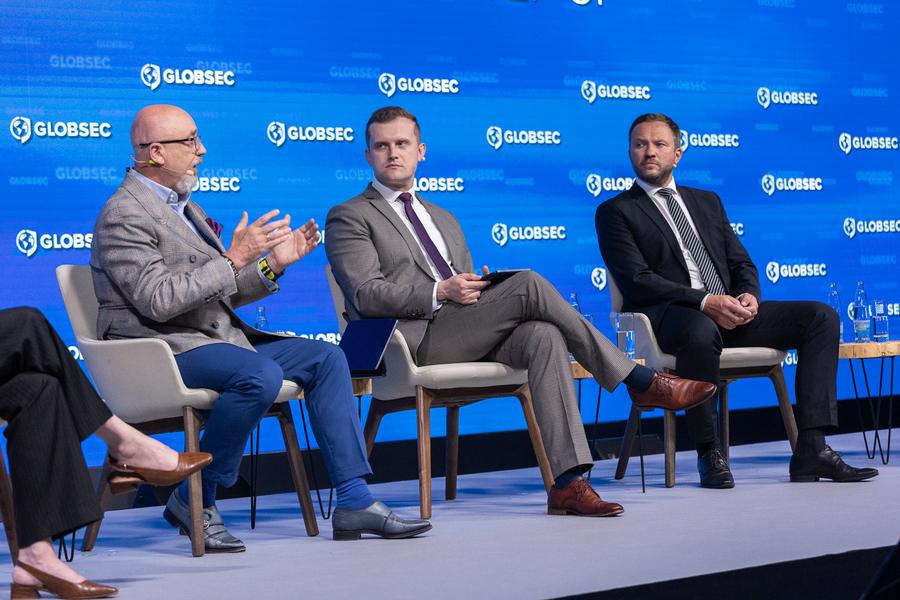
Seven scenarios range from global conflict to fleeting ceasefire
The GLOBSEC analysis presents seven scenarios with varying probabilities – but crucially, none deliver sustainable peace:
- Hybrid World War III (20% probability) – Western nuclear self-deterrence emboldens global aggressors
- Current intensity maintained (13% probability) – US and Europe provide optimal support
- Russian breakthroughs amid US withdrawal (4% probability) – Russia gains amid reduced Western aid
- War of attrition with lowered intensity (38% probability) – Resource depletion forces reduction
- Ceasefire on unacceptable terms for Ukraine (11% probability) – Ukraine forced into bad deal
- Reasonably acceptable ceasefire (12% probability) – Patchy peace process with no sustainable outcome
- “Peace” addressing Ukraine’s interests (2% probability) – The most dangerous illusion.
What the “best case” actually looks like
Even Scenario 7, which the report describes as addressing “Ukraine’s interests and security,” reveals the hollowness of any negotiated outcome. This supposedly optimal scenario would include the rejection of Russia’s maximalist demands.
- Cessation of hostilities along existing contact lines without official recognition of annexed territories.
- Rejection of Ukrainian neutrality or demilitarization demands.
- No written commitments ruling out future NATO membership.
- Presence of European “deterrent forces” on Ukrainian territory as peacekeepers.
Yet even this outcome—achieved only through maximum US pressure on Russia via “draconian sanctions” or China distancing itself from Moscow—remains fundamentally unstable. The report acknowledges that Russia would use “legal language as vague and ambiguous as possible” to “challenge it in the future and use it as a precursor to a renewed conventional attack on Ukraine.”
The fundamental reality: Russia will never stop
The report’s most sobering conclusion is that even this most optimistic 2% scenario doesn’t achieve genuine peace. The analysis makes explicit that Russia’s core objectives remain unchanged since 2022:
- Ukraine’s neutrality and exit from Western security structures;
- Demilitarization rendering Ukraine defenseless;
- “De-nazification” – replacement of Ukraine’s leadership with Russian proxies;
- Territorial concessions acknowledging “Russia’s historical rights.”
As the report states: “Russia will never accept Ukraine as an independent sovereign country, capable of taking independent decisions about its own development, alliances and friends.”
The cycle of deception
Even under the best-case scenario, the analysis warns of “shifting cycles of ‘conventional-hybrid-conventional warfare'” where any peace agreement becomes merely preparation for renewed aggression. Russia would exploit any ceasefire to:
- Reconstitute military forces while Ukraine faces agreement constraints on defense development;
- Launch intensified hybrid warfare campaigns across Europe, with the report noting Russia will “continue with aggressive hybrid attacks in Europe”;
- Exploit Western “war fatigue” and reduced defense spending as partners assume the threat has passed;
- Lock in territorial gains while rebuilding capacity for the next assault.
Why “peace” becomes the greatest threat
The scenarios reveal a counterintuitive strategic reality: negotiated settlements may pose greater long-term risks than continued warfare. A false peace would:
- Freeze current territorial gains, rewarding Russian aggression;
- Allow Russia to rebuild while constraining Ukrainian defense development through agreement terms;
- Create Western complacency leading to reduced military preparedness;
- Leave Ukraine vulnerable to the next, potentially decisive Russian assault.
The report’s classification of even the most favorable agreements as temporary pauses reflects the Ukrainian experts’ sobering assessment. While they assign 2% probability to a scenario “addressing Ukraine’s interests,” the analysis makes clear this would still be temporary. In their view, any diplomatic solution short of Russia’s complete strategic defeat merely postpones—and potentially worsens—the inevitable next phase of aggression.
European defense reality check
The GLOBSEC panel revealed stark assessments of Western military readiness. Former NATO Deputy Supreme Allied Commander Sir Richard Shirreff declared “America is no longer a reliable ally,” while emphasizing Europe’s need for strategic autonomy: “with a population of four times that of Russia, a GDP combined 12 times that of Russia, plus all the Russian assets sitting here in Europe, absolutely we can do it.”
However, Tsahkna warned that Europe faces a critical timeline problem: “we need to have at least 5-10 years” to build adequate defense capabilities, while noting “only for four years” remain before potential Russian readiness for renewed aggression.
US analyst Heather Conley observed a gradual American disengagement: “the United States is right now in a slow moving away,” noting that “anti-drone capabilities that were destined for Ukraine have now gone to the Middle East” due to other regional demands.
The path forward: critical actions required
The analysis reveals that achieving favorable outcomes requires immediate, concrete actions rather than diplomatic gestures alone. With military factors now driving the situation at a 9:1 ratio over political considerations, Western allies face a narrow window for decisive intervention.
Critical military support requirements:
- Ensure production of 10-12 air defense complexes monthly for Ukraine
- Scale artillery shell production to 40-50 thousand units per month by 2026
- Support development of 120-150 long-range ballistic missiles annually from 2026
- Back production of 300-400 medium and long-range UAVs per month
Strategic defense imperatives: European allies must prepare for potential direct confrontation with Russia by 2027-2030, the timeframe intelligence services identify for possible renewed Russian aggression. This requires reviewing NATO strategic plans for deploying at least 500,000 troops and developing genuine European strategic autonomy.
Economic warfare continuation: Maintaining G7+ sanctions coordination while strengthening measures against Russia’s shadow fleet becomes essential, as economic pressure remains one of the few tools forcing Russian strategic recalculation.
The report’s stark conclusion: half-measures risk the worst-case scenarios of either Ukrainian defeat or broader European conflict. The 75% probability assigned to continued military scenarios versus 25% for peace outcomes underscores that decisive military support now determines whether Europe faces prolonged instability or achieves sustainable security.
